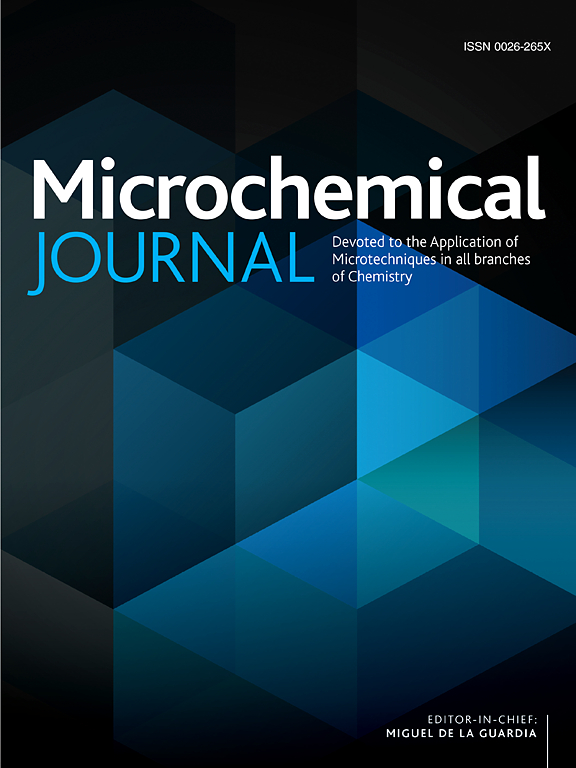A critical review of recent progress on lithium ion batteries: Challenges, applications, and future prospects
IF 4.9
2区 化学
Q1 CHEMISTRY, ANALYTICAL
引用次数: 0
Abstract
Li-based batteries are significantly advanced in both the commercial and research spheres during the past 30 years. The history of lithium-based batteries is rife with innovations and backtracking steps, from the earliest lithium metal anode interactions of the modern commercial lithium-ion batteries (LIBs). However, in the early twentieth century, research on LIBs places more emphasis on solid-state physics, and researchers started paying more attention to the morphology of electrode materials. Different performance parameters – energy, electricity, cycle life, safety, costs and environmental impact-often need to be compensated depending on application and are linked to difficult material chemistry problems. Cell phones and a number of other portable electrical devices are currently employing Li-ion rechargeable batteries as their power source & demand for them seems to be rising quickly. The Li-ion rechargeable battery has become developed in the growth sector with significant momentum for its research as a result of the concern over the energy sources, either for large-scale batteries for electricity power storage or for electric vehicles (EV). The current study of the materials that design anode, electrolyte, and cathode is presented here, along with the state-of-the-art of Li-ion battery technology, & the underlying issues related with their development, benefits, and drawbacks are explored. In this review, we will conclude the research on the current modern battery as well as a brief discussion of battery chemistry other than lithium-ion. The paper finally identifies practically workable near-term strategies which considered the significant difficulties with some major techniques.

求助全文
约1分钟内获得全文
求助全文
来源期刊

Microchemical Journal
化学-分析化学
CiteScore
8.70
自引率
8.30%
发文量
1131
审稿时长
1.9 months
期刊介绍:
The Microchemical Journal is a peer reviewed journal devoted to all aspects and phases of analytical chemistry and chemical analysis. The Microchemical Journal publishes articles which are at the forefront of modern analytical chemistry and cover innovations in the techniques to the finest possible limits. This includes fundamental aspects, instrumentation, new developments, innovative and novel methods and applications including environmental and clinical field.
Traditional classical analytical methods such as spectrophotometry and titrimetry as well as established instrumentation methods such as flame and graphite furnace atomic absorption spectrometry, gas chromatography, and modified glassy or carbon electrode electrochemical methods will be considered, provided they show significant improvements and novelty compared to the established methods.
 求助内容:
求助内容: 应助结果提醒方式:
应助结果提醒方式:


